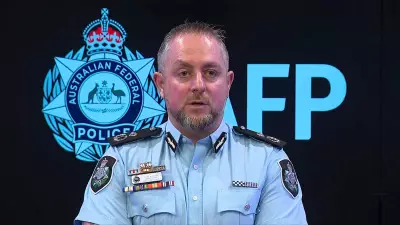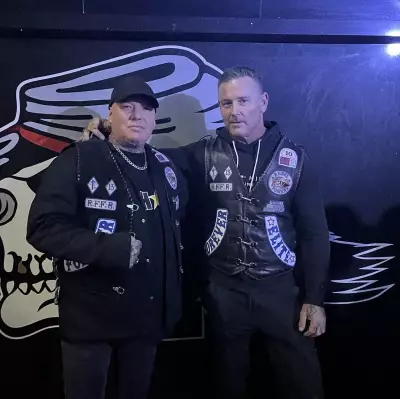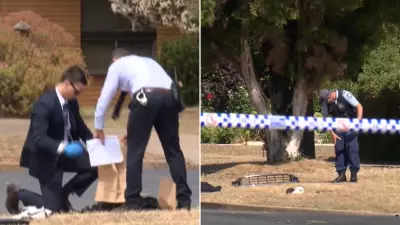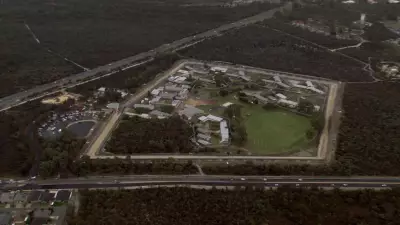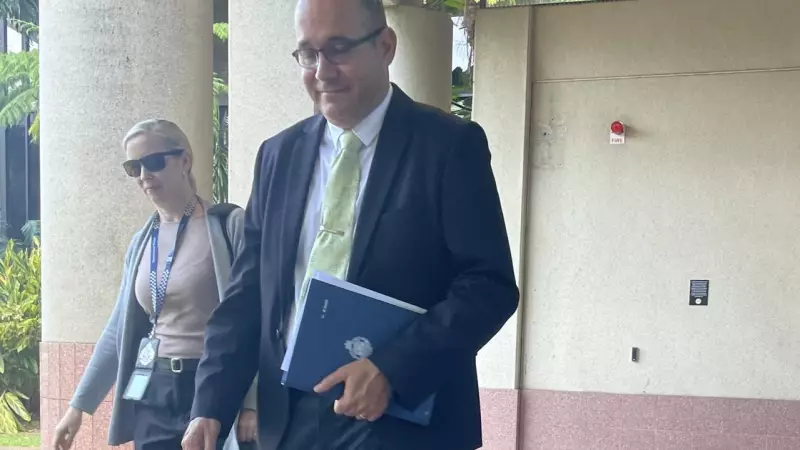
A digital forensics expert has delivered crucial testimony in the Toyah Cordingley murder trial, dismissing claims that crime scene photographs had been tampered with or altered.
The Cairns Supreme Court heard compelling evidence from forensic specialist Mark van Cuylenburg, who analyzed images taken at Wangetti Beach where the 24-year-old pharmacy assistant was found deceased in October 2018.
Digital Evidence Analysis
Mr van Cuylenburg told the court he conducted extensive analysis of the original crime scene photographs and found no evidence of manipulation. The expert examined metadata and conducted technical assessments to verify the authenticity of the images presented as evidence.
Under questioning from Crown prosecutor Nathan Crane, the forensic specialist confirmed that his analysis revealed no signs of digital alteration. "I found no evidence to suggest the photos had been tampered with," Mr van Cuylenburg stated during his testimony.
The court heard that the photographs in question were captured using a Nikon camera and had been properly handled through established police evidence procedures. Critical timestamps and metadata remained intact throughout the chain of custody.
Trial Background and Key Evidence
Toyah Cordingley's tragic death has been the subject of an extensive investigation spanning several years. The 24-year-old was walking her dog along Wangetti Beach, north of Cairns, when she was allegedly murdered on October 21, 2018.
Indian national Rajwinder Singh, 39, is standing trial for the alleged murder after being extradited from India. The former nurse has pleaded not guilty to the charge.
The crime scene photographs form a crucial component of the prosecution's case, documenting the location where Ms Cordingley's body was discovered and various items of evidence collected by investigators.
The trial before Justice Henry Bowskill continues with further forensic evidence expected to be presented in the coming days.
Forensic Methodology Explained
Mr van Cuylenburg detailed the comprehensive process used to verify the photographs' authenticity. His analysis included examining:
- Digital metadata and timestamps
- File structure and integrity
- Compression patterns and digital signatures
- Consistency across multiple image copies
The forensic expert explained that modern digital analysis techniques can detect even sophisticated attempts at image manipulation. No such indicators were present in the photographs from the Cordingley crime scene.
The testimony reinforces the integrity of photographic evidence that prosecutors argue links the accused to the crime scene. The case continues to draw significant public attention in Far North Queensland, where the community has followed developments closely since the tragic incident occurred nearly six years ago.
Family members and supporters of Ms Cordingley were present in court to hear the latest forensic evidence as the trial progresses toward its conclusion.

